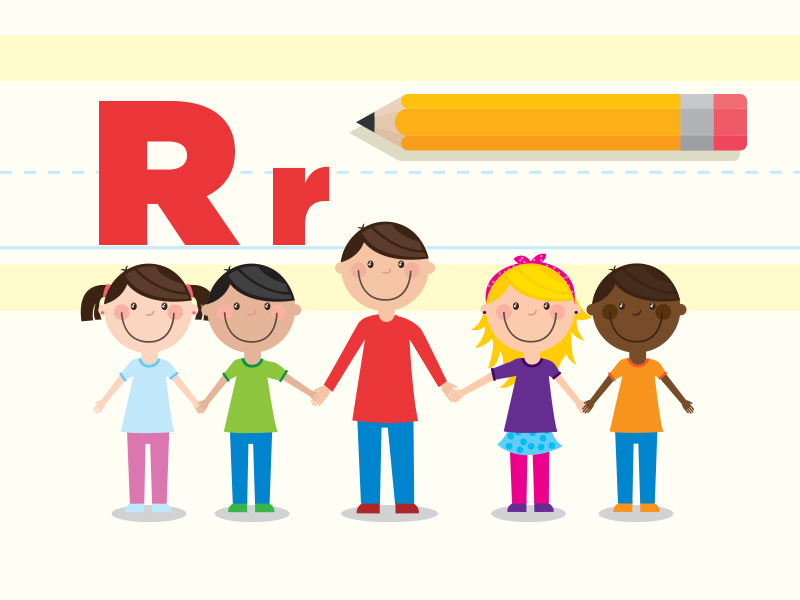When parents make a choice for their child, it’s an individual decision. But when numerous parents make the same choice, it becomes a trend. The trend of not sending eligible 5 year olds to kindergarten, known as “redshirting,” is now at about 9 percent of kindergarteners in the U.S., according to the National Center for Education Statistics.
Is Kindergarten Harder or are Parents Being Unnecessarily Cautious?
Parents delay entry for their children for perceived social, academic or physical advantages. Some want to give their child more time to mature. Others feel that the rigors of school can wait. They feel that an additional year will help the child be “more ready.” But is there any evidence that it helps them with academics in the long term?
Redshirted children may behave better in the classroom and may initially score better on tests than their younger classmates. But those early advantages may be misleading. Several studies show the advantages of being older disappear as children continue their education. A 2013 study from Teachers College Record states that “by third grade, the difference in test scores are negligible.” In fact, in the long term, being older may be a disadvantage—by high school, redshirted children are often less motivated and their performance dips.
Neuroscientists Sam Wang and Sandra Aamodt wrote about school’s positive effect on brain development in their book, “Welcome to Your Child’s Brain.”
“Parents want to provide the best environment for their child, but delaying school is rarely the right approach. Brain development cannot be put on pause so the critical question is how to provide the best possible context to support it,” say Wang and Aamodt.
“We talk about this with families…if a child doesn’t feel challenged, they may run the risk of becoming a behavior problem because they are bored,” says Williamsburg-James City County Schools Early Childhood Supervisor Renee Dino.
A Kindergarten Arms Race?
Some parents worry that kindergarten has changed significantly due to testing pressure and longer school days. While policy changes like the No Child Left Behind Act have pushed more academic content into kindergarten, another factor shaping kindergarten today is the increasing number of students who’ve attended one or two years of preschool. Many students are reading or “ready to read” by kindergarten, pushing the academic level up.
The Wisconsin Center for Education Research study says: “Students in kindergarten classes are increasingly likely to be 6 years old, bringing with them the skills and expectations that another year of life experience provides.” They coined this trend “the graying of kindergarten.” This often leads to a more advanced curriculum, which other students may not be ready for—and the advanced pace makes kindergarten appear even more challenging.
Not Apples to Apples
Research on this topic is challenging because those who choose to delay their children’s entry into kindergarten are not a random sample, those families are more likely to be white and have higher socioeconomic status. These same factors may influence their academic achievement.
Poor children are the least likely to be able to afford to wait until age 6 to begin school due to the additional child care costs or time spent out of the workforce by their parents. Hampton City Schools says that rather than having an issue with redshirting, they have demand for “greenshirting” kids, allowing those past the deadline (September 30th in Virginia) to attend kindergarten.
Who Needs to be Ready? Kids or Kindergarten?
Educational experts say it may be counterproductive to wait, and parents who are concerned about kindergarten readiness may want to look at the bigger picture. Interaction with peers in a school setting can improve maturity and younger children often excel by having classroom role models.
“It’s the community, family and school’s shared responsibility to make sure kids are ready. They should all support programs that help kids’ experiences and early conceptual skills,” Dino says.
For parents worried about getting the timing right, the research should be reassuring—the stimulation from school and their peers can help students’ minds grow—whether they wear red shirts or green shirts!


